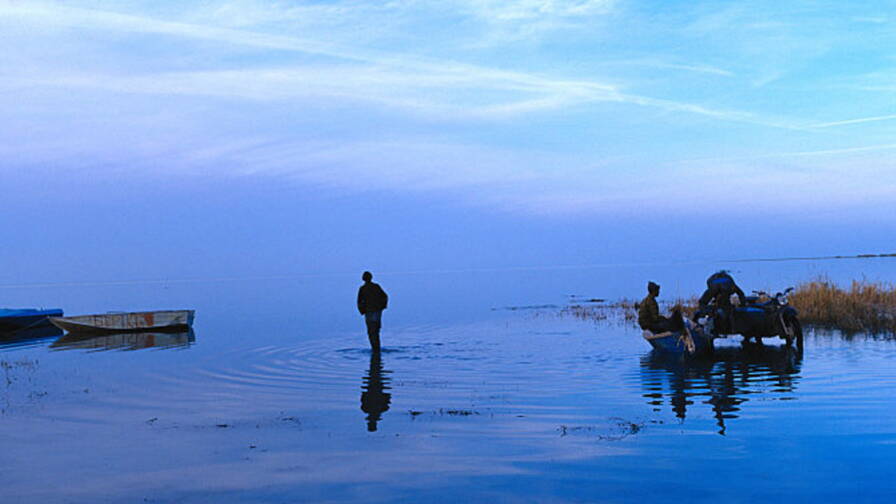Thanks to numerous ecological policies, Kazakhstan has managed to restore part of the water volume of the Aral Sea, the « small sea » strangled by Soviet agricultural production.

Kazakhstan announced on Monday the increase in the water volume of the northern part of the Aral Sea, once almost disappeared, a rare ecological success in this Central Asian region hit by human pollution and particularly threatened by climate change.
« The water volume of the northern Aral Sea has increased by 42% and reached 27 billion cubic meters after the first phase of the project launched in 2008 to preserve the northern part of the Aral Sea, » said the Kazakh Ministry of Water Resources and Irrigation on Monday.
The vast southern part, in Uzbekistan, is almost doomed, but the small area in the north, on the Kazakh side, can still be partially saved. The second phase of the project aims to help revive economic activities there.
According to the authorities, 2.6 billion cubic meters of water from the Syr-Darya River were sent to the « Small Aral Sea » in 2024, reducing the salinity of the water by almost fourfold, thus promoting aquatic life.
Salt, sand, and dust
The rescue of the Aral Sea requires close cooperation among the five former Soviet republics of Central Asia, with a population of about 80 million people, who share the waters of the Syr-Darya and Amu-Darya rivers according to defined quotas. These two major rivers of the region feed the Aral Sea.
Once the fourth largest lake in the world, the Aral Sea transformed in the 20th century into a desert of sand and salt, losing more than twenty times its water volume, according to scientists.
The drying up of the Aral Sea killed many animal species and almost ended human activities.
In addition, tens of millions of tons of salt and toxic dust are pouring across Central Asia, causing cancers and respiratory diseases.
Its near disappearance was caused by the diversion of the Syr-Darya and Amu-Darya rivers primarily for cotton and rice cultivation during the Soviet Union era.
It split into two in 1989: the « Small Aral Sea » in the north, and the « Large Aral Sea, » which itself later split, with the eastern part disappearing entirely in 2014.
Source: GEO


